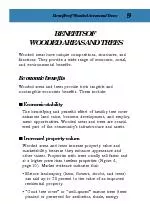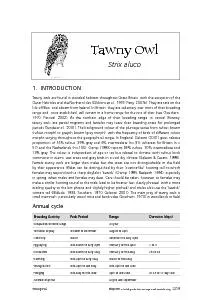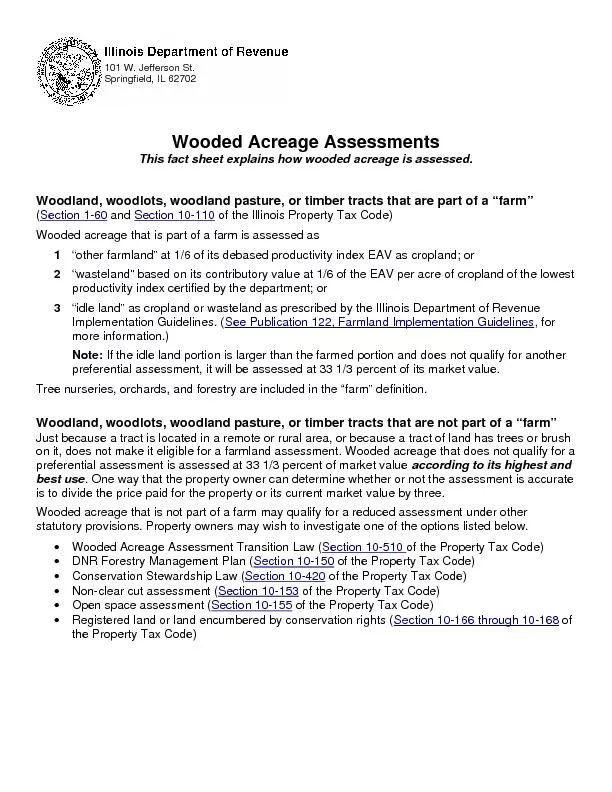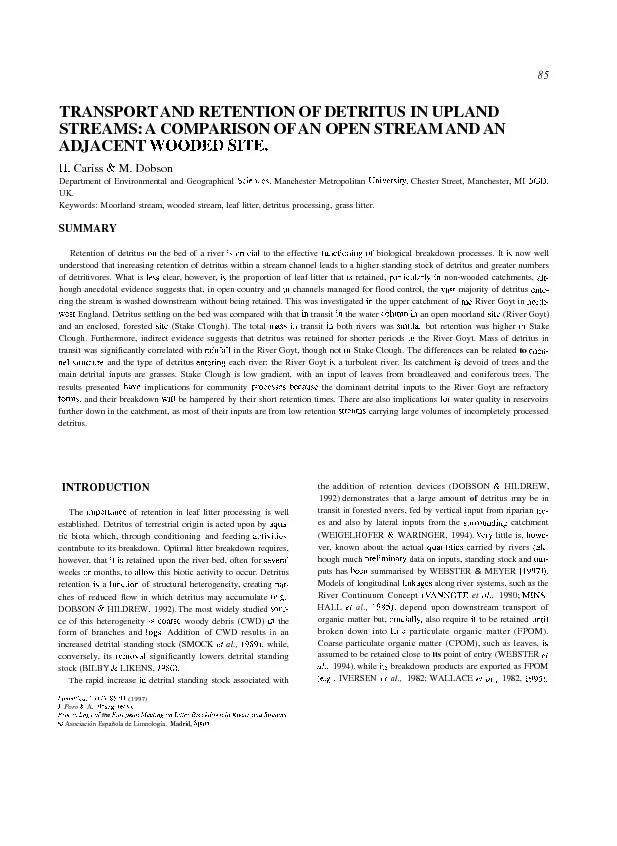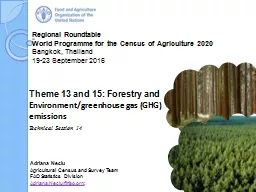PDF-Benefits of Wooded Areas and TreesBENEFITS OFWOODED AREAS AND TREESWoo
Author : karlyn-bohler | Published Date : 2015-12-09
Benefits of Wooded Areas and Treesconservation and screening purposes can increase thevalue of a developed property by 6 percent to 15 percent or add 20 percent
Presentation Embed Code
Download Presentation
Download Presentation The PPT/PDF document "Benefits of Wooded Areas and TreesBENEFI..." is the property of its rightful owner. Permission is granted to download and print the materials on this website for personal, non-commercial use only, and to display it on your personal computer provided you do not modify the materials and that you retain all copyright notices contained in the materials. By downloading content from our website, you accept the terms of this agreement.
Benefits of Wooded Areas and TreesBENEFITS OFWOODED AREAS AND TREESWoo: Transcript
Download Rules Of Document
"Benefits of Wooded Areas and TreesBENEFITS OFWOODED AREAS AND TREESWoo"The content belongs to its owner. You may download and print it for personal use, without modification, and keep all copyright notices. By downloading, you agree to these terms.
Related Documents

